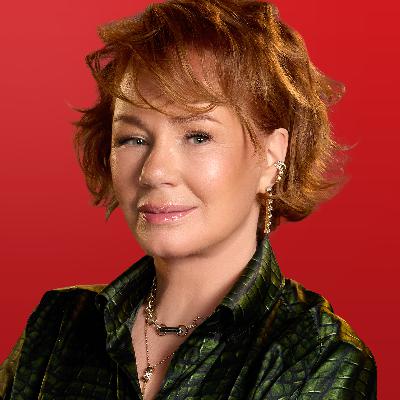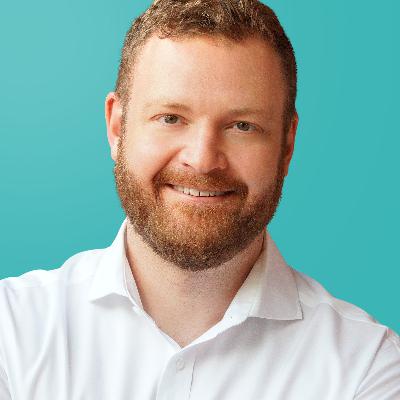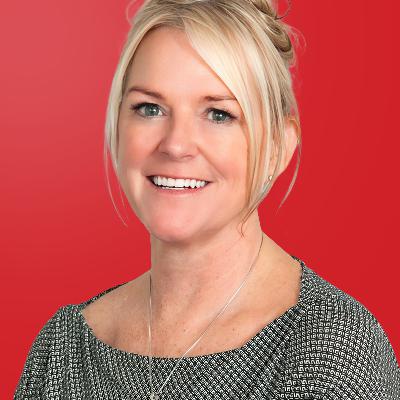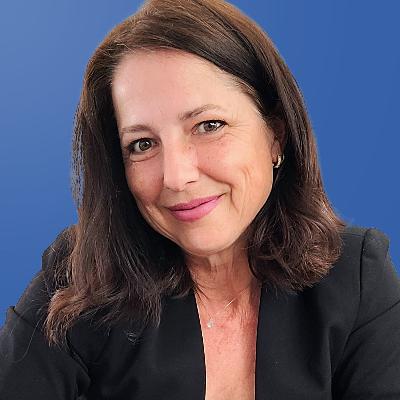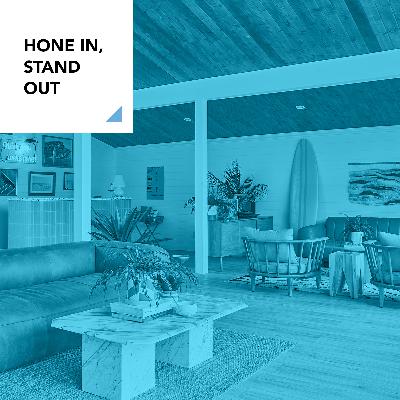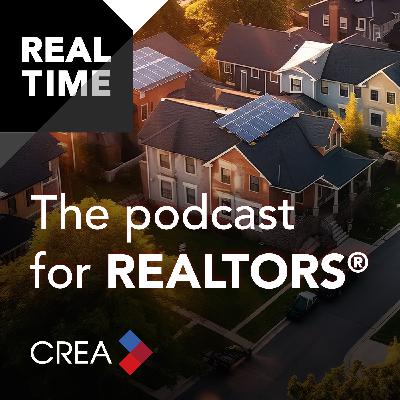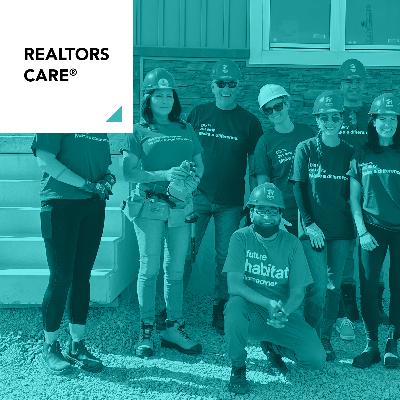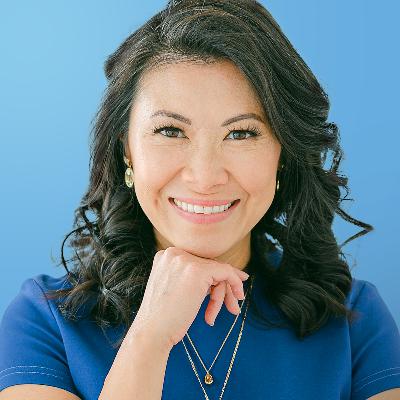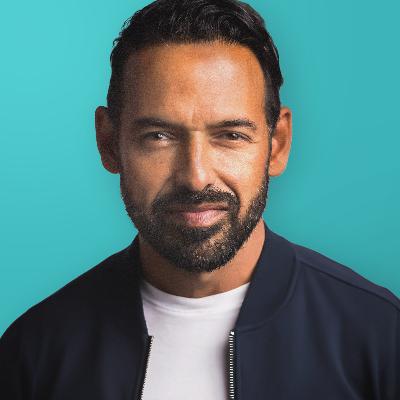Episode 50: Getting Creative With Content Marketing – Melanie Deziel
Description
From websites and ads to social media, newsletters, and podcasts, content is everywhere and has the potential to be a powerful business driver.
But how do you consistently create good, creative content?
That’s where Melanie Deziel comes in, a creativity coach and leading voice in content marketing. With clients including Google, Netflix, The New York Times, and others, Melanie joins REAL TIME to share her framework for systemizing creativity, making it easier and faster to generate content that stands out and connects with your audience.
Learn more about Melanie and her book The Content Fuel Framework at MelanieDeziel.com.
Transcript
Erin Davis: Web pages, social posts, newsletters, podcasts; content is everywhere, but do you need to be too? I'm Erin Davis and welcome to REAL TIME, the podcast for REALTORS® brought to you by the Canadian Real Estate Association. Joining us today is Melanie Deziel, a creativity coach and one of the top voices in content marketing. Hitting a wall with your content? Not sure which channels are best for your business? Let's delve into what makes a strong content strategy with our guest today.
Well, thank you for joining us today on REAL TIME, Melanie. I'm so excited about this discussion. Let's start with the basics. What is content marketing and why might it be an important tool for entrepreneurs?
Melanie Deziel: Content marketing is a really broad term and it can be used to include a lot of things. I think for our purposes, we want to think about any time we're intentionally using content to communicate with our audience. That could be the copy that's on your website or the copy of an email, it's the content you're putting on social media, it's the videos you may record. All of that is really the content that we're talking about here, things we are constructing as REALTORS® to try to really convey a specific message to our audience.
Erin: One of the phrases you use, and I love your books and I'm so glad we're going to be focusing on one of them today, is random acts of content. Now let's look into that a little bit. What do you take that to mean?
Melanie: A lot of times what happens is you have this vague understanding that I'm supposed to be on social, I'm supposed to create content, and without putting a ton of strategic thought into it, because that's not what we were trained for after all, you just do your best. You throw something out there, but you haven't put enough thought into whether that serves your business, whether that serves your goals with who you're trying to reach, whether the audience is correct. That's where we end up with the random acts of content. You're using all of your resources, your time to create these things, but they may not be serving your overall goals.
Erin: Okay. Most REALTORS® would agree it's important to have a social media presence, obviously, but what other channels are cornerstones, Melanie, of a strong content strategy?
Melanie: The content strategy specifics are going to be different depending on what your priorities are and, as we'll talk about later, I'm sure, how you like to create content, what kind of content you create. What we do know is that social media is important, so is your website. If you have a web property where you are sending people, you want to make sure that there's stuff there worth seeing. Not just your listings, not just your background professionally, but maybe some helpful blog posts, maybe some articles about common challenges they may run into, maybe other helpful content that's going to allow them to be a better client for you and allow you to better serve them. Thinking about what you can offer on your website as well as what you're offering on social media is a really good way to do that. We also want to consider the role that email plays in helping us to build that relationship, but also to sustain it over the long term.
Erin: Okay, let's talk about the frequency and cadence of emails. There's a meme going around that says, "Hey, I know I bought a toaster from you once. It doesn't mean I want to hear from you every single day." How do you measure that? How do you find not only your comfort zone, which could be every day because we've always got something to say, but what you think that the person seeing it in their inbox is going to say, "Okay, I'm going to click on this." What do you think, Melanie?
Melanie: I love the meme example that you shared. We have to put ourselves in the shoes of the toaster company for a minute here and think about, for our audience, for the relationship we already have with them, what is a frequency of hearing from us that they would expect and then tolerate, right? Because what they expect may be lower than what we ideally need to do, but what we don't want to cross is that tolerance threshold, where they're like, "Oh my goodness, get out of here. Mark as spam, delete, unsubscribe." We're trying to avoid that at all costs, so you want to think about that. It's going to be different.
For your established clients, folks you've worked with who already know, like and trust you, you have a little more leeway. You can talk to them a little more frequently. I think every day is still pretty strong. I think we're probably looking at once a week or every other week is really a great place to start to establish yourself and then to test from there more or less frequent. Anything less than every two weeks and people kind of forget who you are when you do pop up. Anything more than that and you have the possibility that, as we mentioned, you may be showing up a little bit more often than they'd like to have you.
Erin: Okay. What might a REALTOR® consider when choosing content channels and formats? Because there are so many out there, Melanie. How do we choose that?
Melanie: There are so many and it can be really stressful. There's a lot of pressure, I think, on us to be everywhere, do everything, be super active on all these different platforms. I would really encourage you to think strategically about a couple different things. The first thing you want to think about is where your audience is. Because if you're showing up every day on TikTok, getting millions of views for your amazing dance moves but none of your audience is there, that doesn't do anything for you. That's a lot of time and effort that you're spending that could be better served actually reaching your audience.
You want to think about that. Where is my audience? The answers to that you can find by looking for the basic social demographics of each of the different platforms. That information is usually pretty easy to find because they want their advertisers to know who they're reaching. As a general rule, if you're going after, high-income professionals, for example, LinkedIn is going to be the best place for you to reach that audience. If you're looking for moms, families, Facebook and Pinterest are going to be two great options for you. Instagram also has a lot of really great demographics that you can dig into based on the data they share and try to identify where are these folks. You could always, of course, pay to reach them through ads, but ideally, we'd like to make sure we're showing up in the places where we could reach them organically. That's the first thing to think of. That's the first one. It's like, where is my audience?
Erin: Right, fish where the fish are.
Melanie: Exactly. We don't want to be fishing in an empty pond or fishing in a pond full of something we're not allowed to catch.
Erin: Right.
Melanie: The other thing you want to think about, though, is like in our analogy here, what kind of fishing do you like to do? Are you a fly fisher? Are you a deep-sea fisher? Are you just a casual shore fisher for bass and trout? That's about as far as my fishing analogy can go here. You want to think about, what is your favorite way to create content? Because here again, I'm coming back to TikTok, if you decide-- you discover that your audience is on TikTok, but you are absolutely averse to being on video, you don't want to be showing your face, you don't want to be dancing, you don't want to be doing lip syncing, then that's not a good match.
What we're looking for is kind of a Venn diagram overlap of, where is your audience and what kind of content do you like to create? How do you like to communicate? Hopefully, we find something that's really in the center there that allows you to create in the way that's comfortable for you and effective, but also allows you to reach the ideal audience. If that overlap isn't as big as you'd like it to be, that's a time to think about the tools or the talent you can add to your team to try to fill that gap.
Erin: That's a great point. Don't feel like you have to do it all yourself. You, for example, are an amazing communicator. I love your speaking and everything that you do, but you don't love, say, the nuts and bolts, the cutting, the editing and that sort of thing. That's where you say, hey, somebody has to be the star of this and somebody has this other set of tools, so you go about finding who has the other set of tools, right?
Melanie: Absolutely, yes. A lot of times the folks that we look to, especially on social media or in marketing, the


